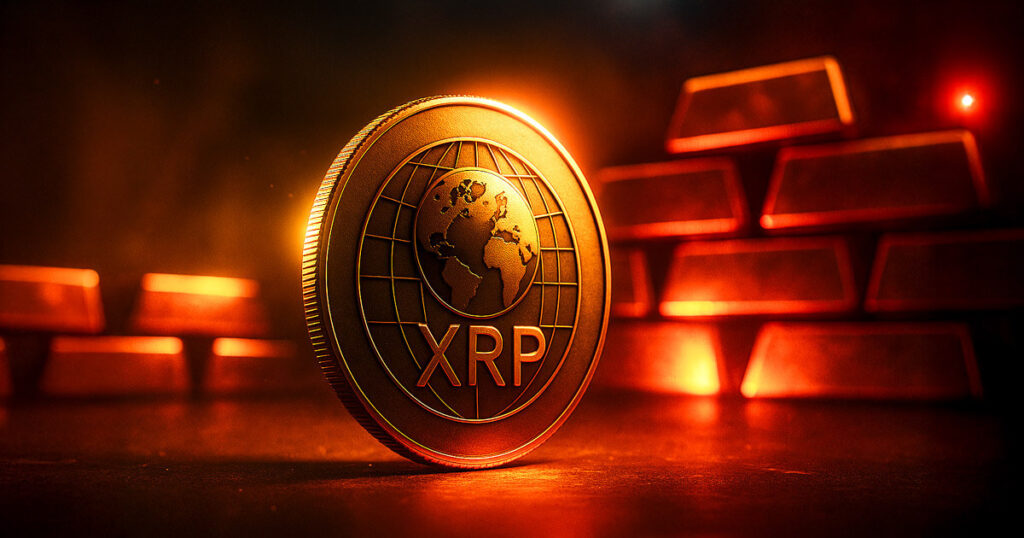Public companies are increasingly allocating significant funds to XRP treasuries, with total commitments nearing the $1 billion mark. This trend reflects a growing institutional interest in incorporating blockchain-based assets into corporate financial strategies.
The latest development in this trend came on June 12 when Singapore-based Web3 firm Trident Digital announced plans to raise up to $500 million to establish a corporate XRP treasury. Trident CEO Soon Huat Lim emphasized the firm’s confidence in blockchain’s ability to revolutionize capital allocation and facilitate cross-border value transfers. The move is seen as a demonstration of how publicly listed companies can responsibly engage with the evolving decentralized finance sector. Trident intends to use its holdings to earn yields through staking and participation in Ripple’s ecosystem.
Trident joins a growing list of corporate entities exploring XRP-focused treasury models. In May, Webus International disclosed plans to raise $300 million through non-equity financing to support an XRP reserve for its global chauffeur payments network. Additionally, energy solutions firm VivoPower International secured $121 million in private funding to establish an XRP-centric treasury platform, with $100 million already allocated to the Flare Network for diversification of digital asset exposure. Furthermore, US pharmaceutical logistics company Wellgistics obtained a $50 million credit line to support XRP-related initiatives. Collectively, these corporate initiatives have propelled XRP treasury commitments to $971 million, just shy of the $1 billion threshold.
The growing interest in XRP treasuries coincides with a period of increased activity within the XRP ecosystem. The XRP Ledger has expanded its role as a platform for tokenized real-world assets and stablecoins, while also pursuing upgrades to enhance interoperability with networks like Ethereum. Institutional adoption of the XRP token is on the rise, with the US Securities and Exchange Commission (SEC) reviewing multiple spot ETF applications, including those from firms like Grayscale. Analysts predict that these developments could attract new institutional capital and broaden the network’s utility.
Despite these positive developments, the price of XRP has remained range-bound in recent months. According to data from CryptoSlate, the digital asset is currently trading at $2.13, representing a 45% decline from its peak of $3.80 in January.
Overall, the growing trend of public companies allocating funds to XRP treasuries underscores the increasing institutional interest in blockchain-based assets and their potential to reshape corporate financial strategies.

